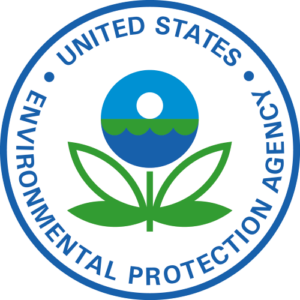
NGC understands EPA’s goal in developing the Proposed Rule is to obtain data of sufficient quality to support climate change policies and regulations, while at the same time minimizing the Proposed Rule’s administrative burdens – both by excluding small emitters and by crafting requirements that are consistent with existing greenhouse gas reporting programs and methodologies. NGC urges EPA to ensure that the Proposed Rule, when possible, avoids imposing new measurement requirements and allows reporters to utilize the best available data.
NGC notes that the Proposed Rule has a disproportionate impact on the oil and natural gas industry, because reporting requirements apply to both facility operators and fuel suppliers. EPA’s cost impact data fails to consider the overall burden for each facility when it is subject to more than one subpart of the Proposed Rule. NGC asks EPA to reduce the burden on the oil and natural gas industry by aligning the fuel supplier reporting requirements with the data already being reported to the Energy Information Administration (EIA) and EPA’s Office of Transportation Air Quality.
In addition, NGC believes EPA crafted the Proposed Rule in a broad manner that was not contemplated or required by the FY2008 Consolidated Appropriations Act. In particular, EPA interpreted the Act incorrectly, calling for both upstream and downstream reporting of GHG emission sources. NGC believes that the explanatory statement to the Act is most reasonably interpreted as an instruction to EPA to consider upstream and downstream reporting and to choose the approach that is appropriate for any given sector. In many cases, it is needlessly costly and burdensome for EPA to count the same unit of GHG both at the point of emission and further upstream. If there are compelling policy reasons in specific situations that would justify the collection of both upstream production and downstream sources, those situations and policies need to be identified clearly.
Moreover, although EPA mentioned several potential uses of the data proposed to be gathered, EPA conceded that it does not yet know what programs the Proposed Rule ultimately will support. EPA’s statutory authority for the Proposed Rule, section 114 of the Clean Air Act, provides the agency with broad data collection powers. Still, those powers are not unlimited; in particular, section 114 enumerates specific purposes for which data collection is authorized. NGC submits that the Proposed Rule would be more precisely tailored to the agency’s needs (neither gathering unnecessary data nor neglecting essential data), and more consistent with the limits of section 114, if EPA clarified which Clean Air Act programs it intends to pursue using the data collected. Section 114 does not provide EPA with the license to collect any and all data that the agency might find useful for unspecified programs that may or may not be implemented at a later date.







